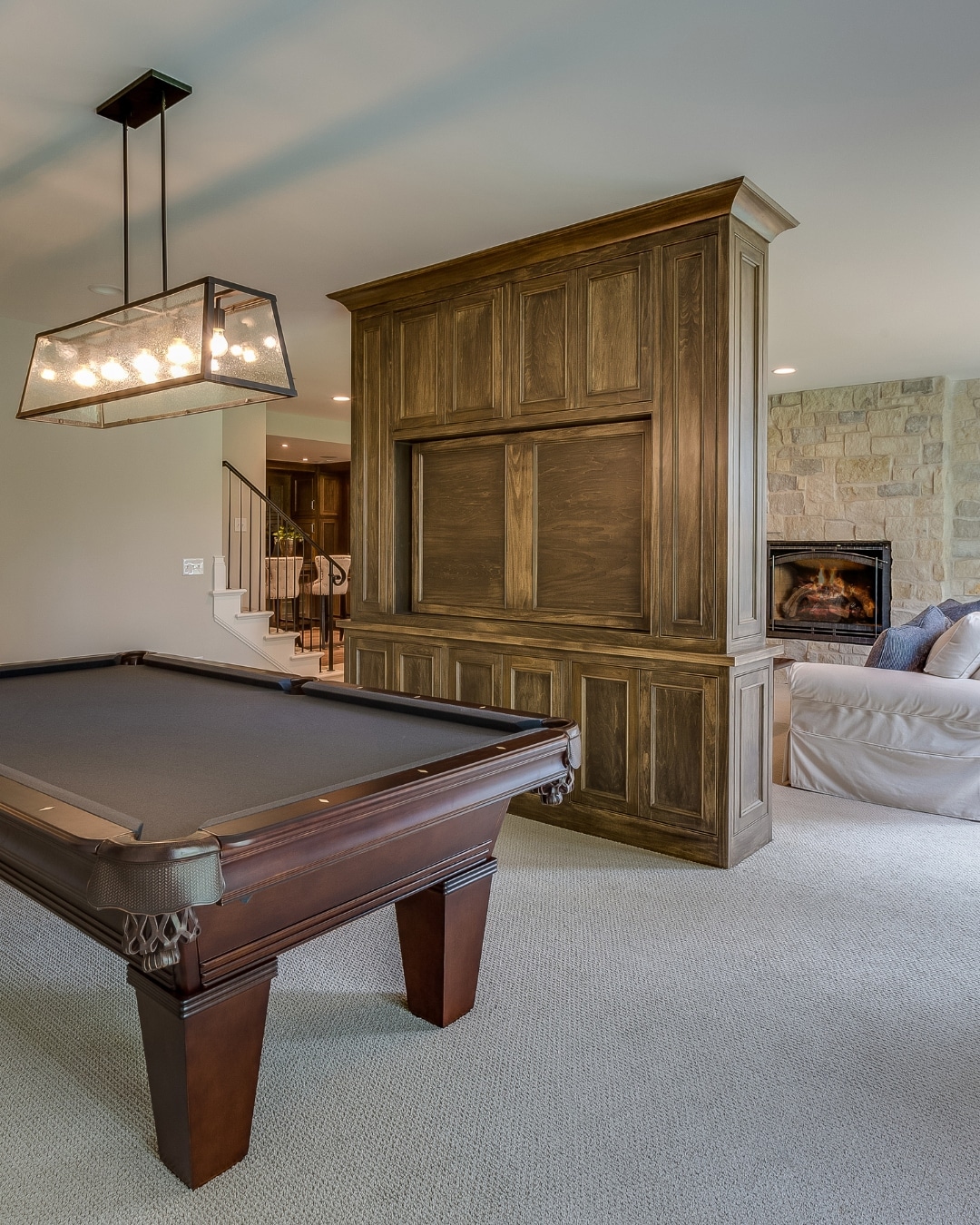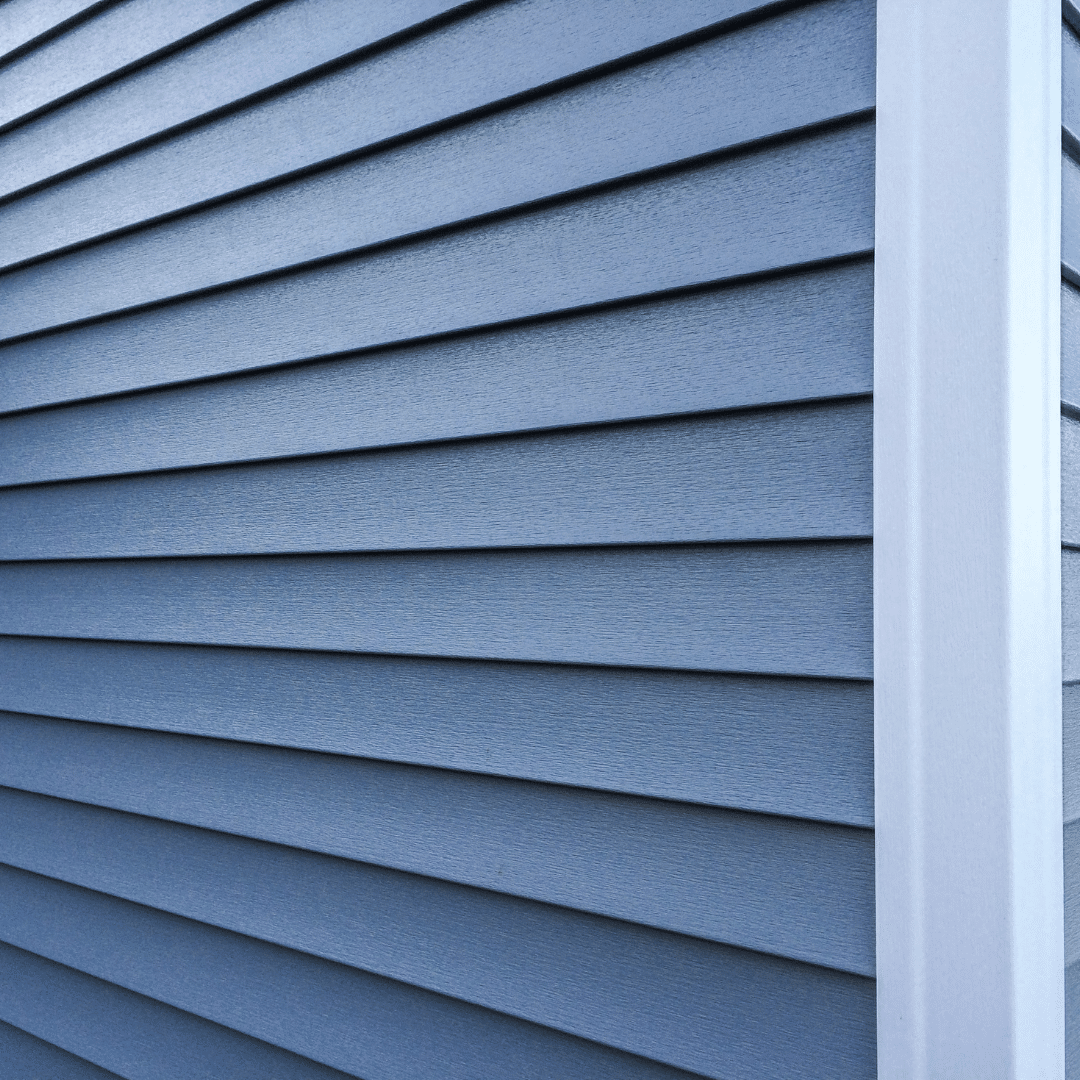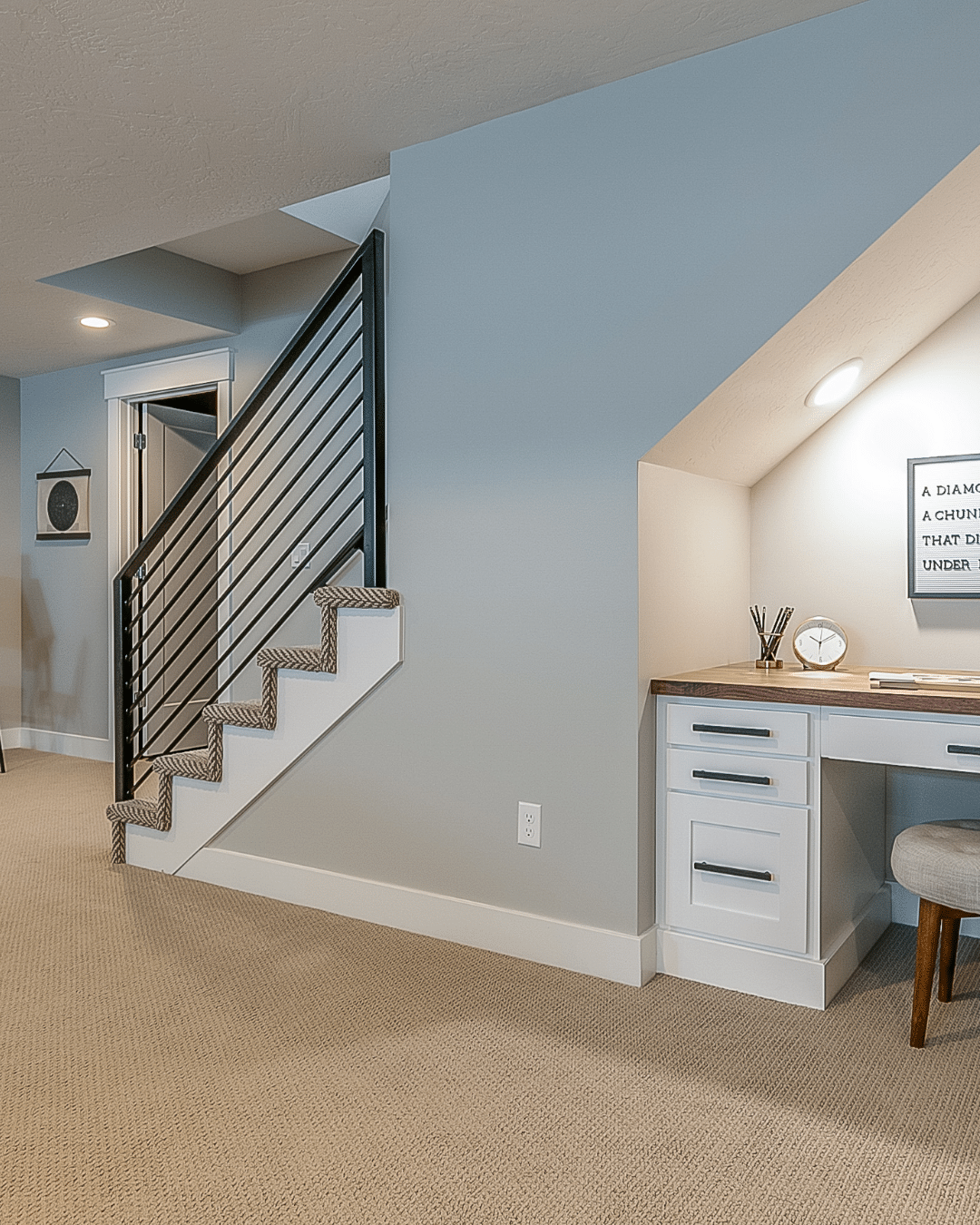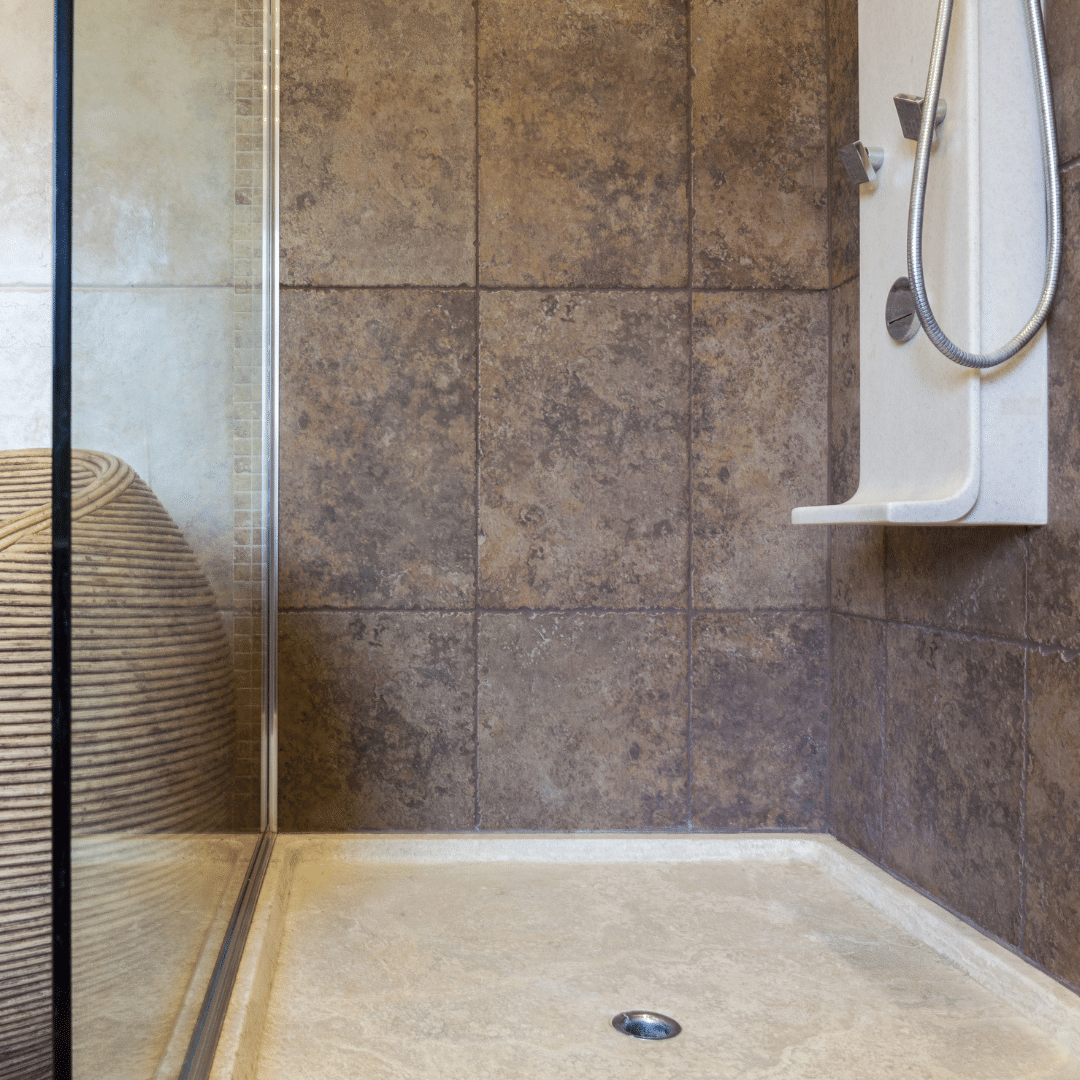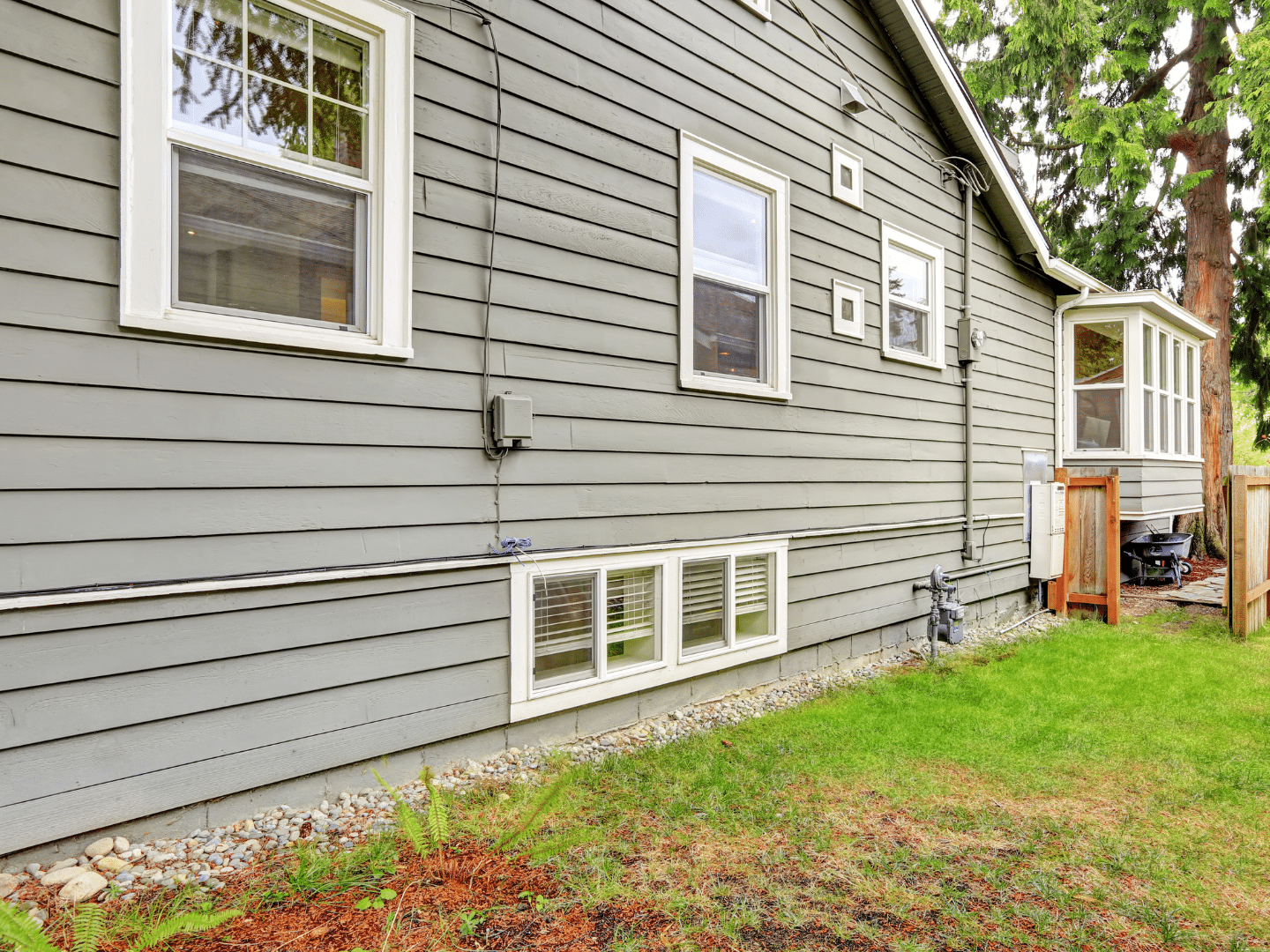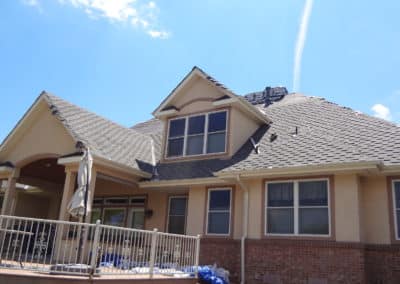When it comes to upgrading your deck or designing a brand-new outdoor living space, one of the first choices homeowners face is whether to use composite decking materials, such as Trex, or stick with real wood. Your decision will affect not only the look and feel of your backyard oasis but also the total price, long-term maintenance, and even your home’s sustainability footprint.
At Leading Edge Renovation, we’re often asked about the pros and cons of Trex composite decking vs. wood deck costs, so here’s everything you need to know to make an informed decision.
Trex Composite Decking: Modern Performance, Minimal Maintenance
Made from composite materials like recycled plastic and reclaimed wood fibers, Trex is a high-performance alternative to traditional softwood or hardwood decking. Trex’s advanced manufacturing process yields a strong, attractive product that mimics the appearance of natural wood grain, without the constant upkeep.
Advantages of Trex:
- Low Maintenance: No need for wood stain, sealant, or regular treatments. Just occasional cleaning.
- Long-Term Durability: Resists moisture, mold, pests, and water damage—ideal for the Colorado climate, where snow, ice, and rain are part of everyday life.
- Longevity: Trex can last 25–30 years or more, outlasting most lumber-based decks.
- Warranty Protection: Comes with up to 25-year or transcend warranties covering fading, staining, and structural integrity.
- Environmentally Friendly: Made from recycled content; reduces deforestation and promotes better sustainability in home construction.
Considerations:
- Higher Upfront Price: The initial cost per square foot is higher than that of most wood species.
- Heat Retention: Can absorb and hold heat in direct sunlight.
- Slippery Surface: Some types may become slick when wet, though improved decking options are available.
- Installation Tips: May require special fasteners, screws, or drainage systems depending on your deck design.
Traditional Wood Decking: Classic Aesthetic, Higher Maintenance
Traditional wood decks offer a timeless appearance and lower upfront cost, but require a greater investment of time and maintenance to stay in good condition.
Advantages of Wood:
- Natural Aesthetics: Fir, pine, cedar, and mahogany deliver authentic texture and warmth.
- Lower Material Costs: Especially for softwood options like pressure-treated pine.
- Easy to Modify or Repair: Can be cut, sanded, or refinished easily; replacing a damaged floor board or stair tread is typically simple.
- Do It Yourself Friendly: Easier to work with using standard carpentry tools like a screwdriver, bit, and saw.
Considerations:
- Shorter Lifespan: Typically lasts 10–20 years, depending on species, maintenance, and exposure to extreme weather.
- High Maintenance: Needs regular inspections, wood stain, re-sealing, and sometimes pest control to prevent termites, rot, and warping.
- Vulnerability to Damage: Wood can suffer from wear and tear, splintering, and water damage, especially if not installed with proper drainage or joist spacing.
- Environmental Impact: Sourcing natural wood contributes to deforestation if not responsibly harvested.
Cost Comparison: Composite vs. Wood
Installation & Upfront Costs
- Wood is less expensive in terms of lumber yard materials and decking installation, especially when using pressure-treated pine or fir.
- Trex requires specific tools and fastener systems, often increasing labor and contractor costs.
Long-Term Costs
- Trex pays off with less maintenance and fewer repairs, while real wood incurs ongoing costs for wood stain, cleaning, and replacement decking over time.
Structural Considerations
- Both types require proper joists, beams, and framing to meet local building code and ensure safety.
- For features like a pergola, porch, patio, or stairs, Trex may provide better structural performance and waterproofing over time.
Which Option Is Right for You?
Here’s a quick breakdown:
| Feature | Trex Composite | Wood Decking |
|---|---|---|
| Lifespan | 25–30+ years | 10–20 years |
| Maintenance | Minimal | High |
| Cost | Higher upfront | Lower upfront |
| Environmental Impact | Eco-friendly | Varies by source |
| Appearance | Uniform, modern | Natural, rustic |
| Weather Resistance | Excellent | Moderate to low |
| Warranty | Yes | Limited or none |
Elevate Your Deck with Leading Edge Renovation
Whether you’re replacing a tired deck or building a new one from the ground up, Leading Edge Renovation is here to bring your vision to life. From Denver to the Front Range, we’re known for expert deck construction, customer service, and high-quality materials—from hardwood to PVC decking and Trex.
Our team handles everything—from decking installation to deck replacement, lighting, handrails, and even integrated features like fireplaces, pergolas, and landscape transitions. We’ll also inspect your roofline, drainage, and concrete slab conditions to ensure your deck is secure, safe, and stunning.
Call today for your free estimate
Leading Edge Renovation — Your trusted Denver deck builders for smarter, longer-lasting decks built with precision and pride. We proudly serve homeowners throughout Jefferson County, Denver, Lakewood, Westminster, Boulder, Cherry Creek, Highlands Ranch, and Superior.

